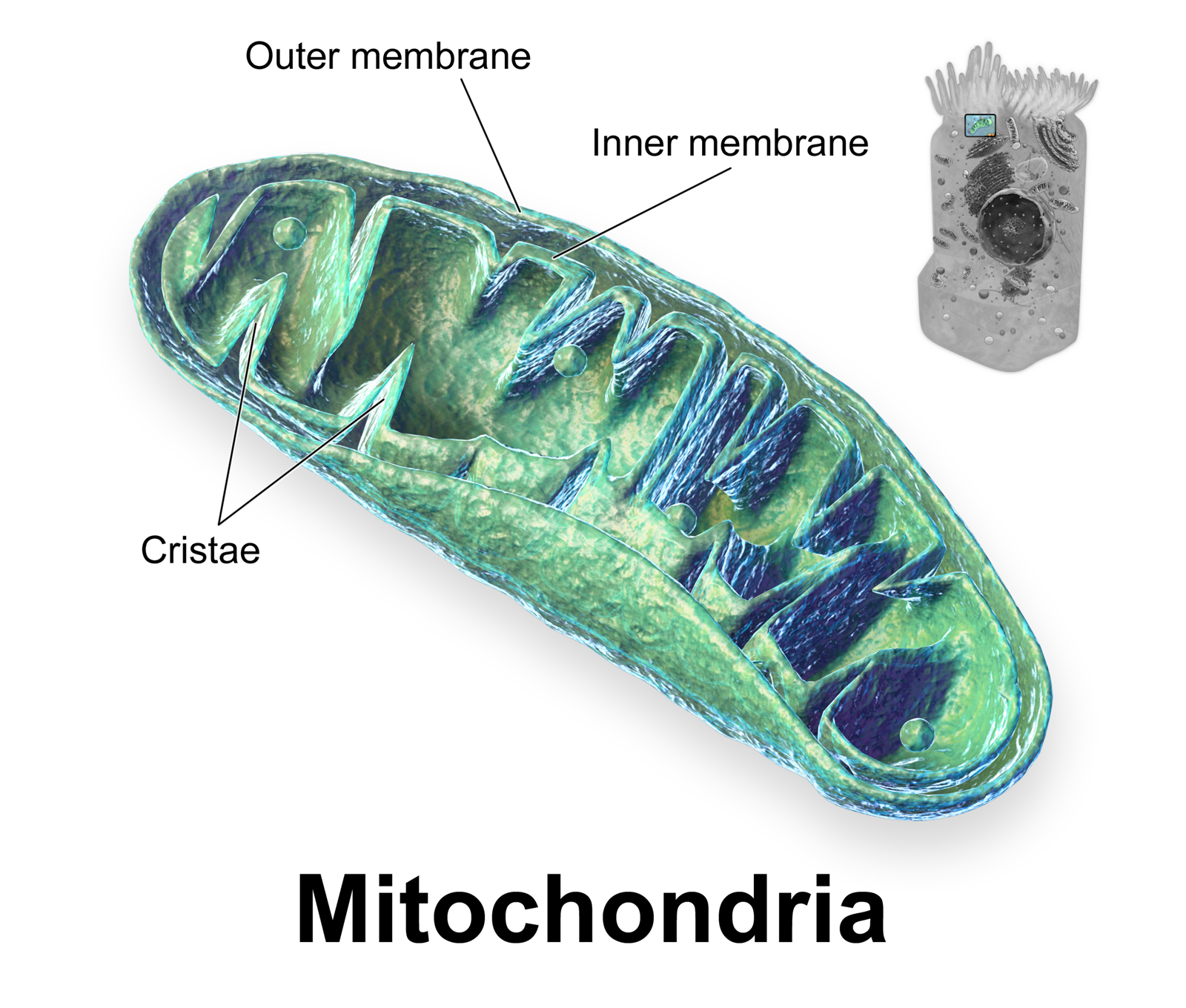 |
https://en.wikipedia.org/wiki/Hospital#/media/File:Flag_of_the_Red_Cross.svg
|
1.) 2015 WWIF Gene Editing, Gene Therapy, and the Eye as a Gateway [Video]. https://www. youtube.com/watch?v=Q-QFIX1S8kc. Published June 4, 2015. Accessed September 9, 2015.
Annotation: In this video of a conference, the overall claims made by the speakers indicate that gene therapy is undoubtedly making progress yet has barriers which it must overcome before being integrated into healthcare.This is supported through a question and answer method in which a moderator asks questions about its history, place in business, etc. and the doctors or scientists in the panel respond. The purpose is to inform the audience who are mostly composed of scientists and researchers in the field. The way that this is done is formal and structured, but since it is on Youtube, allows a broader audience to watch. This willed be used to discuss the ethical boundaries that exist when dealing with gene modification.
 |
| https://www.flickr.com/photos/betsyweber/1316435421/ |
2.) Bernardes de Jesus B, Vera E, Schneeberger K, et al. Telomerase gene therapy in adult and old mice delays aging and increases longevity without increasing cancer. EMBO Molecular Medicine. 2012;4(8): 691-704. doi: 10.1002/emmm.201200245
Annotation: A research article titled, "Telomerase gene therapy in adult and old mice delays aging and increases longevity without increasing cancer" (2012), Maria A. Blasco and her colleagues suggest that gene therapy can be applied to repair the tips of chromosomes thus extending life expectancy promoting the use of vectors to repair genes. They support their thesis by providing results from an experiment conducted on mice to show that their life spans were greater than those of untreated mice which proved to be successful. Their purpose is to show their audience that gene therapy is a viable option. They do so in a formal, scientific format to show credibility with the discerning scientific community. This article will bolster the idea that gene therapy has many applications that are beneficial.
|
|
https://en.wikipedia.org/wiki/Anti-proverb
|
3.) Bersenev A. Tweets [Twitter Page]. Twitter. https://twitter.com/cells_nnm. Published March 2008. Accessed September 4, 2015.
Annotation: A twitter feed with no particular title by Alexey Bersenev (created in 2008), claims that gene therapy has a bright future yet is still in its youth so it has its setbacks. He develops his thesis through a series of tweets backed up by laboratory results from other scientific/general articles which show mostly advances in gene therapy technology as it becomes more applicable to more parts of the human body, but also includes any failures as to create a more balanced view of the issue. His main purpose is to inform possible readers, primarily who have a fundamental understanding of this process, of the progress of gene therapy maybe even to vie for its feasibility. He does so in an informal manner allowing the general audience along with his well educated peers to understand the applications. His tweets will be used as either for or against gene therapy since he seems to provide evidence from both sides.
 |
| https://www.flickr.com/photos/raul2010/289857602 |
4.) Cooper-White, M. Scientists Genetically Modify Human Embryos For First Time. Are We Facing A New Era of Eugenics? Huffington Post. http://www.huffingtonpost.com/2015/04/24/embryo-genomes-edited-first-time_n_7127640.html. Published April 24, 2015. Accessed September 9, 2015.
Annotation: A Huffington Post article called "Scientists Genetically Modify Human Embryos For First Time. Are We Facing A New Era of Eugenics?" by Macrina Copper-White suggests that gene editing becomes even more complicated and controversial when used on embryos despite its possible benefits. To substantiate her claim, she information from accredited scientific review sites that introduce the technique and state its ethical issues. She seems to just be informing her audience about the implications, but may be warning her readers that gene therapy is still young, needing further testing before it could be used in hospitals. The word choice may make the article geared toward readers who have knowledge of cells, but could be considered for the general with its informal format. This will be used to provide information on common fears about the future of gene therapy and might be used in conjunction with any other articles/sources mentioning the uncertainty surrounding gene therapy.
 |
| https://commons.wikimedia.org/wiki/File:Scissors.svg |
5.) Maron DF. Controversial Gene-Editing Approach Gains Ground. Scientific America. http://www.sci entificamerican.com/article/controversial-gene-editing-approach-gains-ground/. Published April 23, 2015. Accessed September 3, 2015.
Annotation: An article from Scientific America titled "Controversial Gene-Editing Approach Gains Ground" (2015) by Dina Fine Maron, argues that despite being morally sketchy, snipping out pieces of faulty mitochondrial DNA could possible be beneficial. Maron substantiates her argument by discussing the importance of mitochondria then introducing a method that can prevent defects from occurring in future generations of children that simply prevents defected DNA from being passed on. Her purpose is to persuade her audience of ordinary readers or even scientific readers to accept this new method despite its controversy. The author does incorporate biological jargon, but crafts her article in such a way that the average reader could understand the gist of the article to connect with the general audience or those who do not feel strongly either way about this. This article will be used to introduce the idea of gene therapy and provide the pro-gene therapy information needed to compose a balanced paper.
 |
| https://www.flickr.com/photos/soflasun/6261112692 |
6.) Rojahn SY. When Will Gene Therapy Come to the U.S?. MIT Technology Review. http://www.tech nologyreview.com/news/519071/when-will-gene-therapy-come-to-the-us/. Published September 30,2013. Accessed September 4, 2015.
Annotation: In an social media post in MIT Technology Review titled "When Will Gene Therapy Come to the U.S." (2013), the author, Susan Young Rojahn suggests that soon, some gene therapy techniques may be legalized in the United States. She bolsters her thesis by gathering information from a research and opinions from researchers to reach a plausible prediction that the use of gene therapy to treat diseases will soon be made available. She is more so trying to persuade the general audience who are in the middle of the controversy that gene therapy is imminent. She does this by using facts and figures from her findings to allow her "middle-of-the-road audience" to better visualize the situation. This article provides a counterbalance to the articles that say gene therapy still needs work, but does so by expanding the perception of gene therapy which is useful for a pro view of the topic.
 |
| https://commons.wikimedia.org/wiki/File:National_Public_Radio_logo.svg |
7.) Stein, R. Critics Lash Out At Chinese Scientists Who Edited DNA In Human Embryos [Radio Broadcast]. National Public Radio. http://www.npr.org/sections/health-shots/2015/ 04/23 /4016558 18/critics-lash-out-at-chinese-scientists-who-edited-dna-in-human-embryos. Published April 23, 2015. Accessed September 9, 2015.
Annotation: In an NPR radio broadcast, Rob Stein claims implies that gene therapy is not perfect and possesses some inadvertent issues both physically and ethically. He uses sound generalizations and logic combined with the results from an experiment to say that this method is still variable in its success and could even have side effects. The purpose here is more to caution the general audience mostly those who are eager for gene therapy to go into hospitals. This is another source that will add to the cons side. The information it provides will go into an ethical section of a paper.
 |
https://commons.wikimedia.org/wiki/File:Ban_sign.png |
8.) Wade, N. Scientists Seek Ban on Method of Editing Human Genome. The New York Times. http:// www.nytimes.com/2015/03/20/science/biologists-call-for-halt-to-gene-editing-technique-in-humans.html?&_r=0. Published March 19, 2015. Accessed September 9, 2015.
Annotation: In an article in the New York Times titled "Scientists Seek Ban on Method of Editing Human Genome", Nicholas Wade claims that gene editing may be expanding too fast and should not be probed further until it is safer to do so. He uses uses quotes from researchers that have credibility in the field to support his claim with many of the researchers included saying that they agree with the moratorium. Wade is persuading his readers to agree with this measure. To appeal to the masses, he writes his article in an informal way while defining any technical terms related to gene therapy. The source's information seems fitting for a con section of a paper.
 |
| https://en.wikipedia.org/wiki/History_of_science_and_technology#/media/File:Libr0310.jpg |
9.) Wirth T, Parker N, Yla-Herttuala S. History of gene therapy. Science Direct. 2013; 525(2):162-169. doi: 10.1016/j.gene.2013.03.137
Annotation: A research article titled "History of Gene Therapy" (2013) by Thomas Wirth, Nigel Parker, and Seppo Yla-Herttuala claims gene therapy is constantly improving throughout history despite being met with moral opposition They support their thesis by chronologically stating significant milestones in gene therapy up until the article was published followed by the ethical issues involved. Their purpose is geared toward persuading an educated audience who is preferably an expert in gene therapy that their analysis is correct. They convey this information in a formal manner to connect to other scientists so that these scientists may refer to this article. The scholarly source's information will probably fit into the background information or history of gene therapy section of a paper.
|
|
https://www.flickr.com/photos/hairylunch/9307842361
|
10.) Zimmer C. Editing Human Embryos: So This Happened. National Geographic. http://phenomena.nati onalgeographic.com/2015/04/22/editing-human-embryos-so-this-happened/. Published April 22, 2015. Accessed September 3, 2015.
Annotation: In a National Geographic article titled "Editing Human Embryos: So This Happened", Carl Zimmer asserts that gene therapy has improved over the years, but still needs to be studied further before it could be applied to healthcare. Zimmer supports his thesis by presenting a historical perspective of gene therapy then moving forward in time to today where some research has yielded failed results while others were successful meaning that the use of this still has room for improvement. His purpose is to inform a wide range of people from anti-gene therapy to pro-gene therapy. He conveys his information in an understandable way as to include the general audience and placing it in scientific context to connect with proponents of all sides, but tends to lean a bit more toward the pro side. Information of this article goes well mostly on the pro side of gene therapy as he seems to have hope for it and also provides information for a historical perspective in the research paper.


























